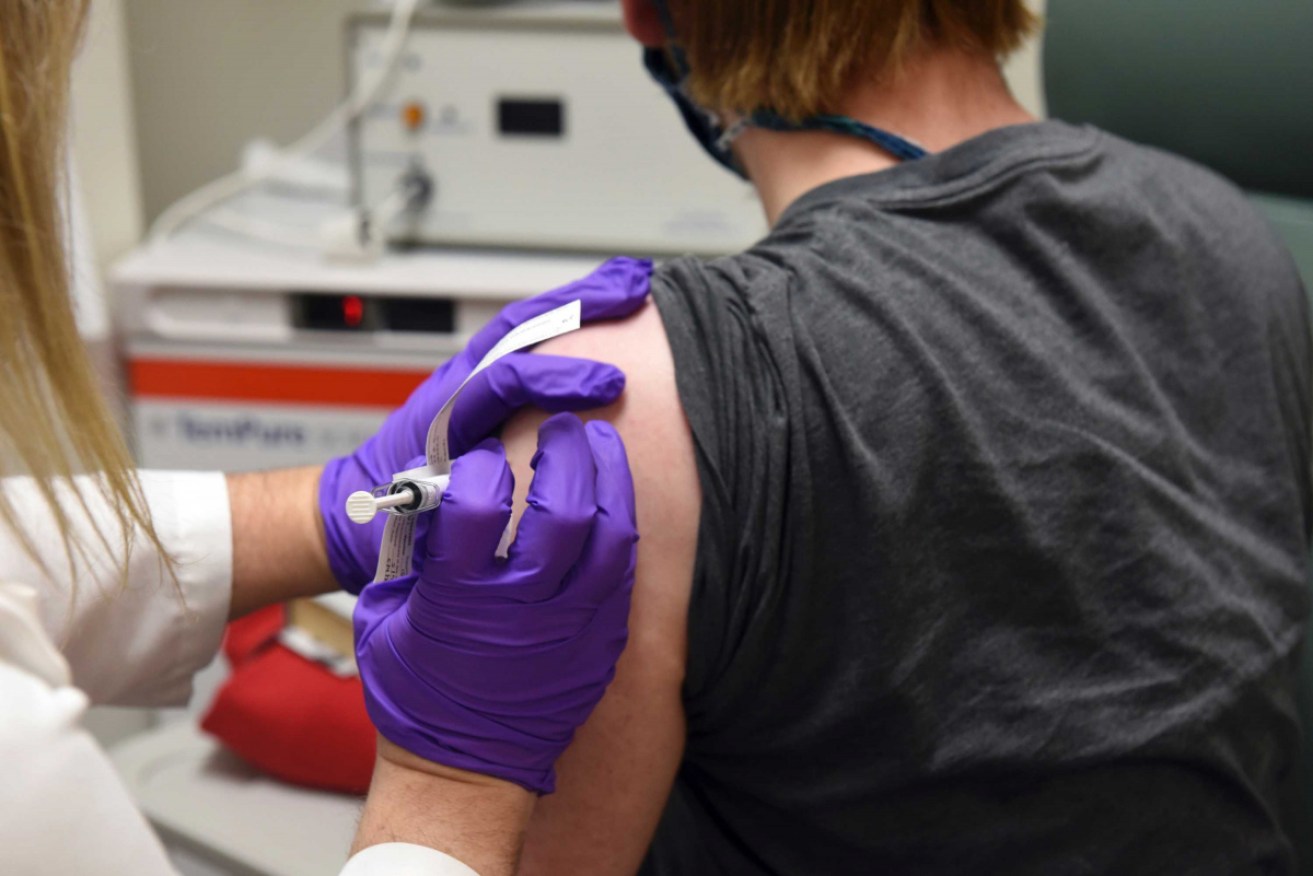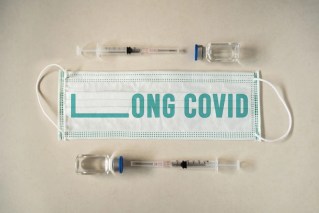Seven new Australian blood clot cases linked to the AstraZeneca vaccine


There are now 18 Australians thought to have sustained blood clots since receiving the AstraZenica vaccine Photo: AAP
Seven new Australian blood clot cases have been linked to the AstraZeneca vaccine.
The cases of thrombosis with thrombocytopenia syndrome (TTS) were revealed in the Therapeutic Goods Authority’s weekly COVID-19 vaccine safety report released Thursday afternoon.
Three of the cases were confirmed as being TTS, while four others were deemed “probable’.
The three confirmed cases – all men – included a 75-year-old Victorian, a 75-year-old Western Australian and a 59-year-old Queenslander who was diagnosed in Victoria.
“Of these, only the Victorian man remains in hospital, but is responding to treatment and is in a stable condition,” a TGA statement read.
“The other two patients are not currently in hospital and are thought to be well.
The probable cases included a three Victorian men aged between 65 and 81, and a 70-year-old man from NSW.
The new cases take the total Australian reported TTS following the AstraZeneca vaccine to 18.
“All but one of the newly reported cases was vaccinated after the 8 April 2021 recommendation by ATAGI that Comirnaty is preferred over the AstraZeneca vaccine in adults aged under 50 years,” the TGA said in its statement.
Some 1.8 million doses of the AstraZeneca vaccine have been administered across Australia.
“With regard to all confirmed cases of TTS mentioned in previous weekly reports, all patients (with the exception of the fatality of a 48-year-old woman from NSW) are recovering and stable,” the TGA said.
“The reporting rates of TTS in Australia are consistent with what is being seen internationally. However, we believe that a higher proportion of less severe cases may be being reported in Australia,” it said.
The TGA said high levels of reporting may be due to increased awareness in the community and among the medical profession around TTS, as well as “less strain on the healthcare system around COVID infections with much lower infection rates than internationally”.








